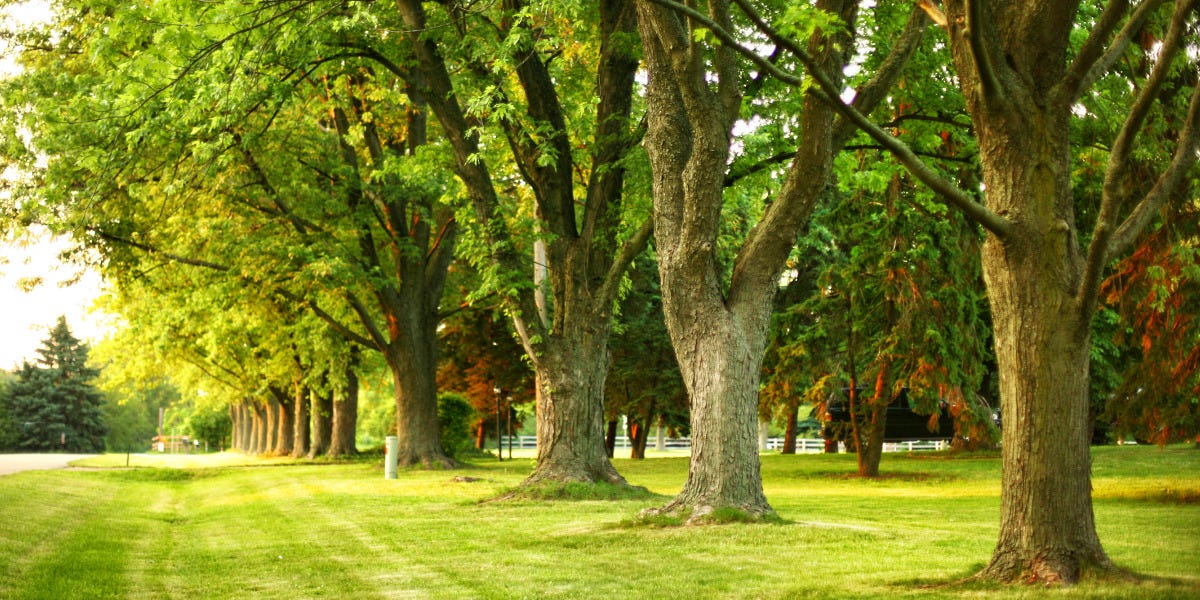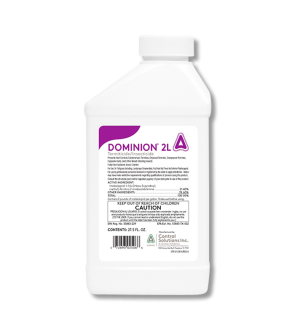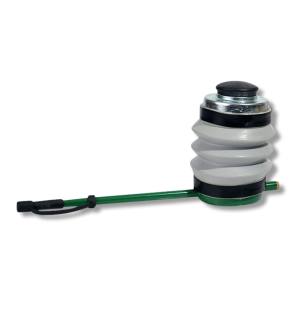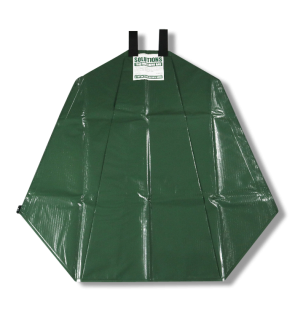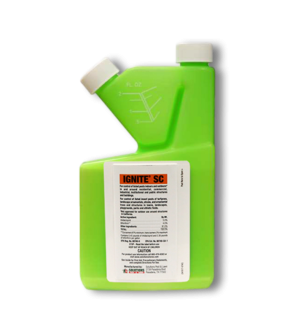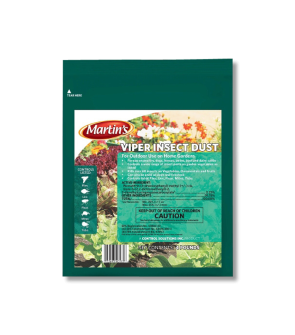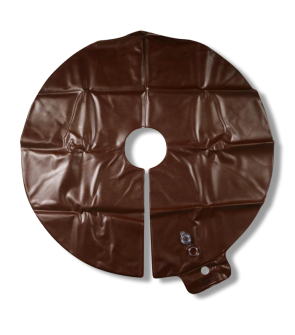Insects in Food-Bearing Plants & Trees
Most Effective Products
Common Insects in Food Bearing Plants and Trees
There is nothing quite like walking into your backyard and picking off the fruits of your labor from plants. Every homeowner loves having food bearing plants and trees, and those plants provide a place for kids to play or a secondary food source.
While these food bearing plants may provide an endless supply of food and beauty, they also serve pests alike. Certain pests such as aphids, Japanese beetles, and leafhoppers are common invaders of food bearing plants and trees.
Here in this article you can learn more about these common food bearing plants and tree pests and ways to control them. If you are experiencing a pest not listed here then contact our customer service team by phone, email, or in-person at one of our store locations for professional tips and recommendations.
Aphids
Aphids are sap-sucking insects, they can quickly grow in population if there are no natural predators. Left untreated these small bugs can turn leaves yellow, stunt growth of foliage, and spread diseases on fruits and vegetables.
These pests can also leave behind honeydew, which in return can draw more pests to the area like ants.
Identification
Aphids are small pear-shaped insects that vary in color from green, yellow, black, gray, or red in color depending on the species. In size, they measure 1/8th of an inch and have soft bodies.
Inspection

Most of the time aphids are found on the underside of leaves on food bearing plants and trees. Sometimes they can be seen on fruit, vegetables, stems, or roots.
Treatment
Step 1: Prune

Plants can further be stressed with dead, discolored, or decaying plant parts. To control aphid activity and lessen the amount of stress on plants, simply prune.
Remove all discolored or dead parts of the plant from fruits, vegetables, leaves, and branches.
Properly dispose of fallen or removed plant material as aphids can still infested foliage on the ground.
Step 2: Water Foliage
 Having plants that are rarely visited or cared for can encourage aphid activity. To deter aphids and keep up with regular plant health, begin with a proper irrigation schedule.
Having plants that are rarely visited or cared for can encourage aphid activity. To deter aphids and keep up with regular plant health, begin with a proper irrigation schedule.
Water food bearing plants and trees with the proper amount of water. We recommend lightly watering the top and bottom of plant leaves with an inch of irrigation once per week.
Best to do so early in the morning to give plants enough time to absorb water.
For trees, we recommend using a slow release watering bag like the Solutions Tree Watering Bags or the Solutions Tree Watering Ring. This will help to keep trees hydrated and recover faster from aphid feeding activities.
Solutions Tree Watering Bags are a slow-release watering bag that delivers 20 gallons of water without the fear of overwatering.
The Solutions Tree Watering Ring is a slow-release tree watering bag that delivers 15 gallons of water around new or mature trees.
Determine the diameter of your tree trunk at diameter breast height (DBH). To do this, begin by measuring 4.5 feet above the ground level. Hold the ruler or tape measurer against the tree then wrap it around the complete middle of the tree at the DBH and record your findings.
Place 1 of the Solutions Tree Watering Bags or Solutions Tree Watering Ring around trees with a diameter of up to 3 inches. For trees
Fill the bag to 1/4 capacity. Drip points may squirt initially, but will slow as the bag is filled. Gently lift the Solutions Tree Watering Bags by the straps at the top of the bag to expand the bottom, then resume filling.
For Solutions Tree Watering Rings, simply wrap around the base of the tree.
In the next 8 to 10 hours the bag will be empty. You will only need to do this once per week with most trees.
Step 3: Apply Dominion 2L Insecticide

The best way to control aphids on food bearing plants and trees is to use a systemic insecticide labeled to treat your specific vegetation. To treat most residential fruit trees, we recommend Dominion 2L Insecticide.
Dominion 2L Insecticide is a non-repellent insecticide and termiticide that works to eliminate pests like aphids that feed on labeled fruit trees and nut trees. After drying, treated foliage will be protected from pests for up to 3 months.
To treat tall vegetation, you may want to use a hose-end sprayer.
To get rid of aphids from residential pome fruits, use 1.5 fl. oz. of Dominion 2L Insecticide per 100 gallons of water.
Spray the top and bottom of leaves until wet as a foliar application, but not to the point of runoff.
Do not make more than 5 applications and only treat listed residential pome fruit trees.
Allow at least 7 days between last application and harvest of listed fruits.
Japanese Beetles
With their unlimited vegetation preference and ability to destroy foliage in each stage of life, Japanese beetles are not a pest anyone wants to see.
The adults feeding damage to the top surface of plants combined with the grubs feeding below results in complete food bearing plants and tree death.
Identification
The Japanese beetle has a shiny, metallic green head and thorax with copper-colored wing covers. In size, these pests measure between 1/3rd of an inch to 0.5 an inch long.
Japanese beetle grubs are milky-white colored grubs with brown colored heads. They are c-shaped, have six legs, and have several hairs or spines on the underside of the tip of the abdomen.
Inspection
 Adult Japanese beetles feed on the leaves, flowers, or fruit on more than 300 food bearing plants and trees.
Adult Japanese beetles feed on the leaves, flowers, or fruit on more than 300 food bearing plants and trees.
The grubs will feed under the soil on the roots of many vegetable and fruit plants. They mainly prefer to eat the roots of grass.
Treatment
Step 1: Remove Dead Plant Parts
 A natural way to remove and deter Japanese beetles on food bearing plants and trees is pruning.
A natural way to remove and deter Japanese beetles on food bearing plants and trees is pruning.
Simply prune away dead, decaying, or discolored leaves, branches, fruits, vegetables, and shoots.
By doing this you help to limit possible diseases in foliage and limit food and habitat for these pests.
Step 2: Apply Insecticide
 Treating food-bearing plants and trees with a dust or concentrated insecticide is a popular approach to controlling Japanese beetles.
Treating food-bearing plants and trees with a dust or concentrated insecticide is a popular approach to controlling Japanese beetles.
When using any insecticide be sure to read the label to make sure your food bearing plant and tree can be treated with the product being used.
Viper Insect Dust is a powerful insecticide dust that eliminates a wide range of insects, including Japanese beetles. This product will need to be applied with either adust bag, shaker can, mechanical dust applicator, dust gun, or rotary duster.
Dust lightly to cover both upper and lower leaf surfaces with a thin, even film of dust.
Viper Insect Dust is only for home garden use and will only remove Japanese beetles from asparagus fern.
Leafhoppers
Leafhoppers are a serious annual pest of food bearing plants and trees throughout the year. These insects feed on plants by sucking up the sap and juices resulting in minor cosmetic damages.
When these pests increase in population, they may cause greater damages. After feeding, the leafhopper's saliva causes white leaf spotting, leaf curl, discoloration, and eventual death of foliage.
Identification
 Leafhoppers are slender, wedge-shaped pests that have a blunt-like head and wings that resemble a leaf. They measure between 1/8th of an inch to 1/4th of an inch long.
Leafhoppers are slender, wedge-shaped pests that have a blunt-like head and wings that resemble a leaf. They measure between 1/8th of an inch to 1/4th of an inch long.
Depending on the species, they may be green, yellow, or brown with numerous specks on their body.
Inspection
Leafhoppers like to feed on the leaves of various fruit and vegetable plants. They will not feed on the actual fruit or vegetable itself, but they can still contaminate it with their saliva.
Treatment
Step 1: Remove Infested Plants
Often it's better to prune away parts of the plant that are discolored, decayed, or dead since they are more susceptible to leafhoppers.
Next, prune away any overgrown branches to improve circulation and limit cover for leafhoppers.
Step 2: Dust Foliage
Finally, dust the food bearing plant and trees with a proper insecticide labeled to treat that specific vegetation.
We recommend using Viper Insect Dust, which can treat celery, lettuce (head and leaf), parsley, rhubarb, spinach, potatoes, sweet corn, and apples for leafhopper infestations.
Dust light to cover both upper and lower leaf surfaces with a thin, even film of Viper Insect Dust.
We recommend making dust applications with a handheld duster.
Refer to the label for specific time intervals as to when this product can be applied. Depending on the crop there are several different harvest intervals that must be done.
Key Takeaways
What's Bugs Commonly Invade Fruit Trees and Food Bearing Plants
- The most common bugs that infest food bearing plants and trees are aphids, Japanese beetles, and leafrollers.
How Do I Get Rid of Bugs in Fruit Trees
- Keep up with regular foliage maintenance such as watering and pruning. Depending on the foliage, apply Viper Insect Dust or Dominion 2L Insecticide as instructed on the product label.
Does Fruit Trees and Food Bearing Plants Attract More Bugs
- Fruit trees and food bearing plants are known to attract certain types of insects. You do not have to get rid of them, but you will need to keep up with proper maintenance and insecticide treatments.
